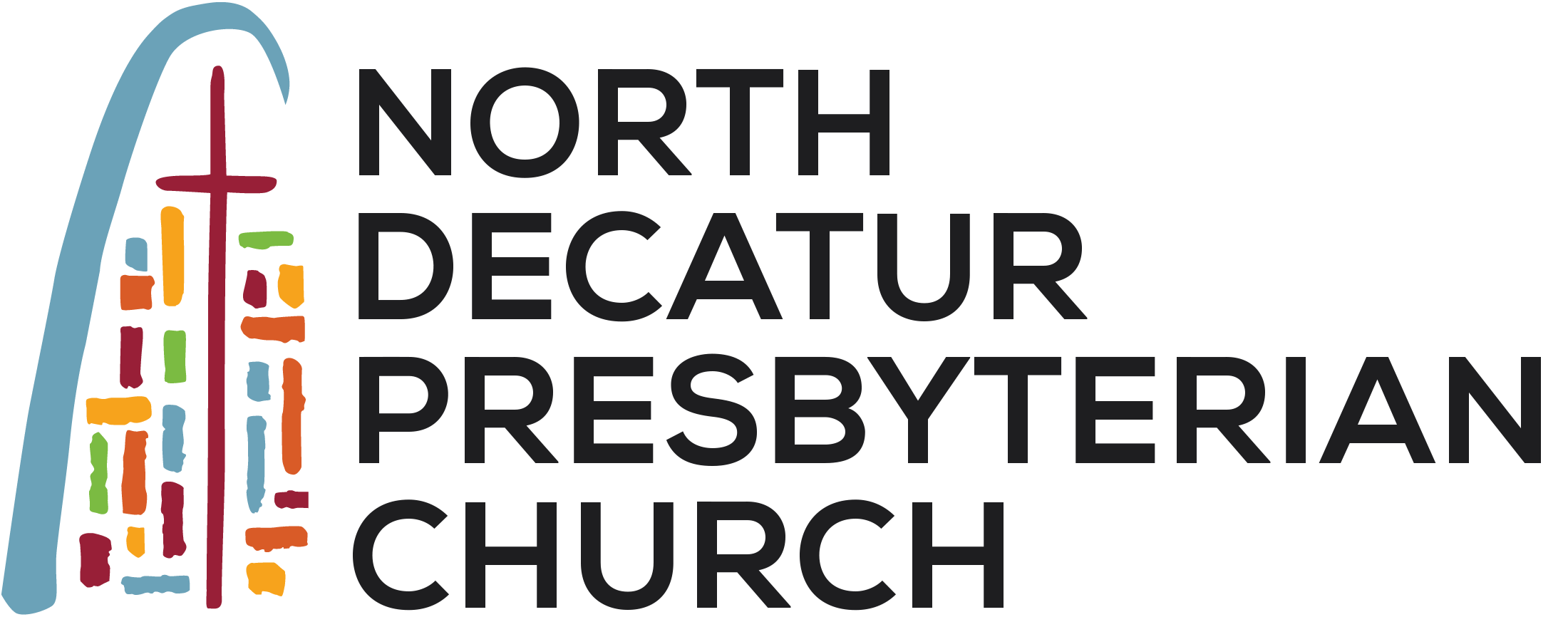
My guess is that you haven’t seen these two words together before. The term “intersectional” is
most often hitched to “justice” to acknowledge the various ways systems of inequality
“intersect” in mutually reinforcing ways against marginalized communities. “Intersectional
justice,” in other words, acknowledges that one form of injustice cannot be unraveled from
another, such as climate change and racism.
“Intersectional evangelism” came to me while reading a groundbreaking, newly
published resource from the Presbyterian Mission Agency, “8 Habits of Evangelism.” You can
find this document, the product of a remarkable collaboration of diverse leaders, here. In a mere
29 pages, this document contains just about everything you want to know about evangelism but
were afraid to ask. And Presbyterians have often been afraid to ask, for good reason. Think
“fire and brimstone.” Another reason is that evangelism is so often treated simply as a tool for
increasing church membership. Think training sessions. But truly defined, evangelism is about
sharing, both in word and in deed, the gospel or “good news” (εὐαγγέλιον) of God’s kin-dom
of grace.
The PMA resource identifies eight intersecting “habits” of evangelism: radical welcome,
worship, sacraments, prayer, justice, teaching, fellowship, and generosity, each one described in
compelling fashion. You may be surprised to see some of these “habits” explicitly associated
with evangelism. But so be it: this resource is designed to (re)think evangelism more
capaciously than traditionally defined. Evangelism is not a “sales job” or a specialized program
of the church. It is fundamental to the church’s work in the world, informing and shaping
everything the church does. Evangelism ensures that the church does not turn within itself and
curl up and die but remains always engaged in reaching out to share God’s salvation not just to
the world but for the world, in behalf of the world. Such are what the eight “habits” are about.
But since we’re on a roll, I want to submit one more “habit” that may sound equally, if not more,
surprising: creation care! Rarely do you see these two callings of the church conjoined together:
evangelism and creation care. But they share, dare I say it, an organic connection.
In his Epistle to the Colossians, Paul encourages his readers to stand fast in the “hope
promised by the gospel . . . which has been proclaimed to every creature under heaven” (Col
1:23). You heard correctly. The “gospel” is for all creatures. Take it from Paul, this expansive
view of evangelism is nothing new: it hearkens back to Adam’s commission to “serve and
preserve” the garden (Gen 2:15). It points forward to the transformation of creation in which “all
things” will be reconciled and made “new” when God comes home (Rev 21:2-5). Biblical
evangelism has little to do with getting people up to heaven, especially since heaven is coming
down to earth. Call it God’s “rapture in reverse” (thank you, Barbara Rossing!).
Ray Jones, the lead essayist in this resource, said it well: the eight habits of evangelism
“develop within us a love of God, neighbor, and Creation.” And yet little is said of the love of
Creation among the “eight habits.” And so I humbly submit a “ninth” habit of evangelism, and
it is no add-on. In this time of mounting ecological crises, we live in a cauldron of climate
chaos, and it is in such chaos that communities marginalized by race and poverty suffer
disproportionally. Creation care, thus, is a matter of justice. Creation care is living
sacramentally in finding the extraordinary in ordinary things such as bread, wine, and water, as
well as soil, seeds, and cedars. If worship involves rejecting “false dichotomies” in a world
filled with binaries, one of the most damaging is the socially constructed dichotomy between
creation and humanity. Throughout modern industrial history we humans have tended to see
ourselves as separate from creation. Call us Homo imperiosis. We need to be wiser (sapiens).
Truly we are “children of dust” as much as we are children of God (Gen 2:7).
I cannot think of a higher evangelical calling for the church than to be the sign of the new
creation, in which God’s shalom for the world prevails. The church is the beloved community
for the biotic community, the body of Christ for the body of creation sharing the Word made
flesh for a world made of flesh. What is “good news” for creation and what is “good news” for
human beings cannot be unraveled. If evangelism impels the church to “dismantle racism” and
“eradicate poverty,” as Ray Jones affirms, it also calls us to “repair creation” (tikkun ‘olam). All
three are bound together because “God so loved the world . . .” (John 3:16).
So what is good news for a “groaning,” suffering creation that is “subjected to futility” by
the hand of human supremacy (Rom 8:22)? The prophet Joel already shared it:
Do not fear, O soil; be glad and rejoice,
for the LORD is doing great things!
Do not fear, you animals of the field,
for the pastures of the wilderness are becoming green;
the tree is bearing its fruit,
the fig tree and vine are giving their full yield. (Joel 2:21-22)
Now that is good news! May it be so. May we make it so.
William P. Brown is an ordained minister of the Presbyterian Church (USA) and the Marcellus
McPheeters Professor of Old Testament at Columbia Theological Seminary in Decatur, Ga. He
is the author of several books on biblical interpretation and theology, including Sacred
Sense and The Seven Pillars of Creation: The Bible, Science, and the Ecology of Wonder.

